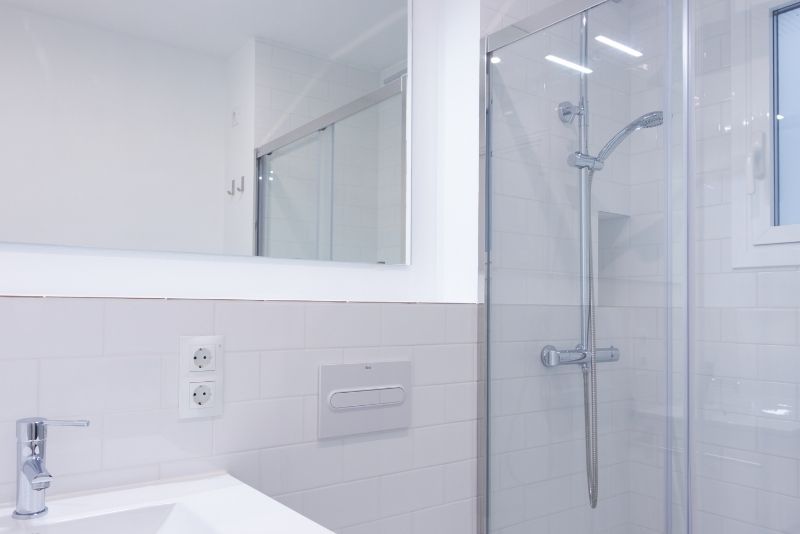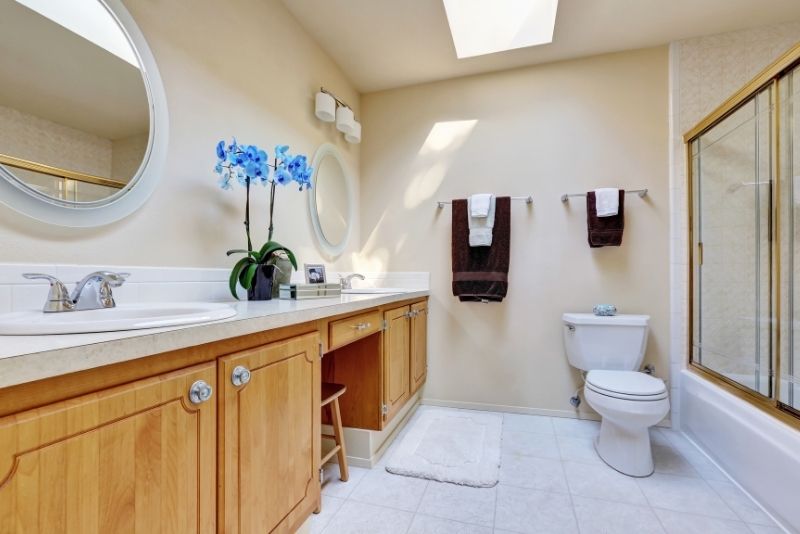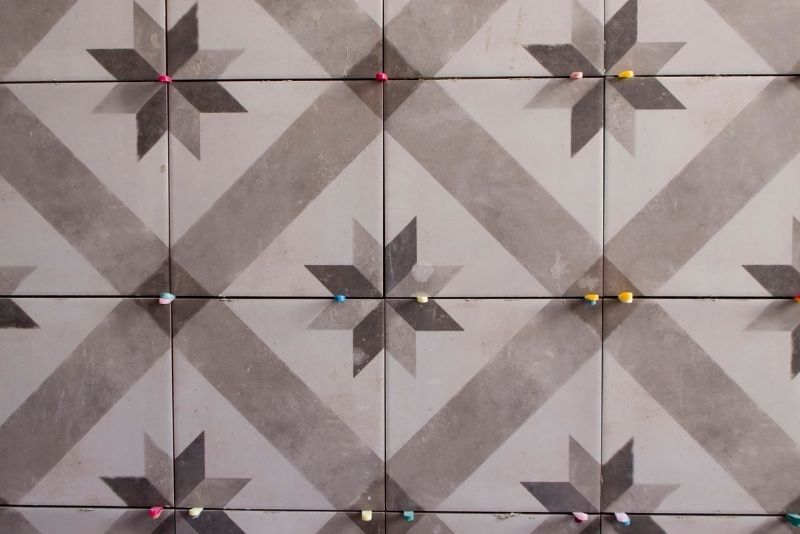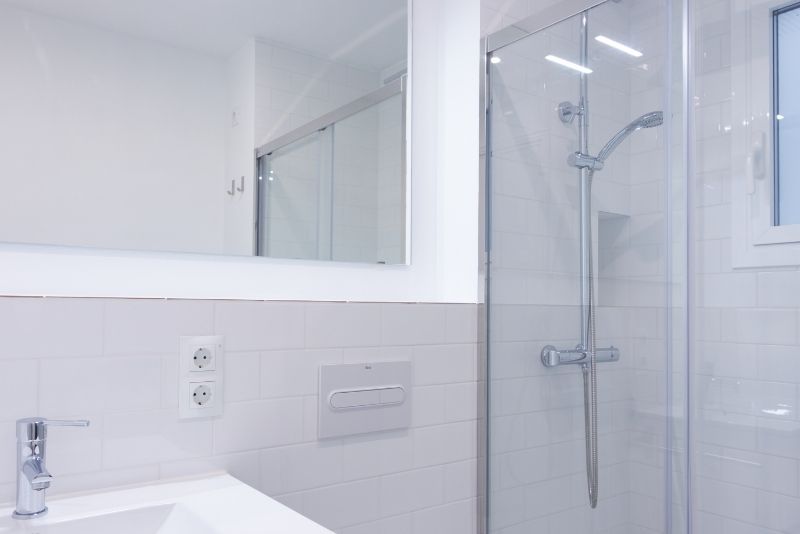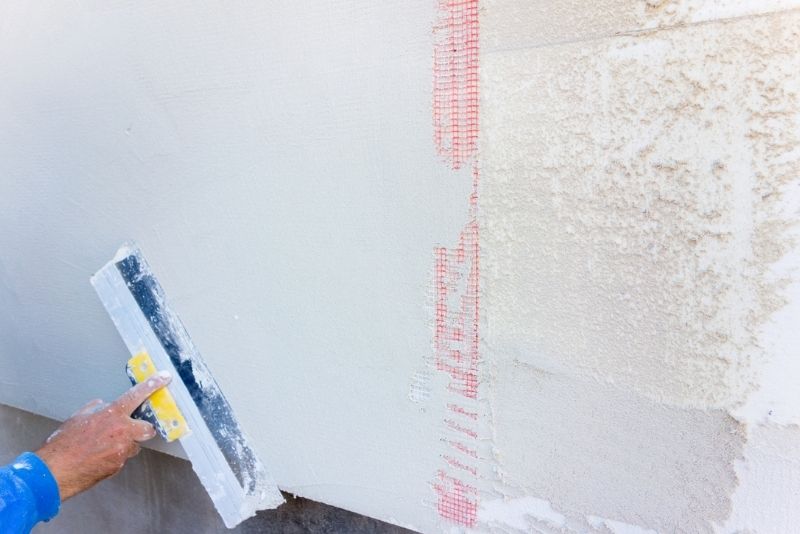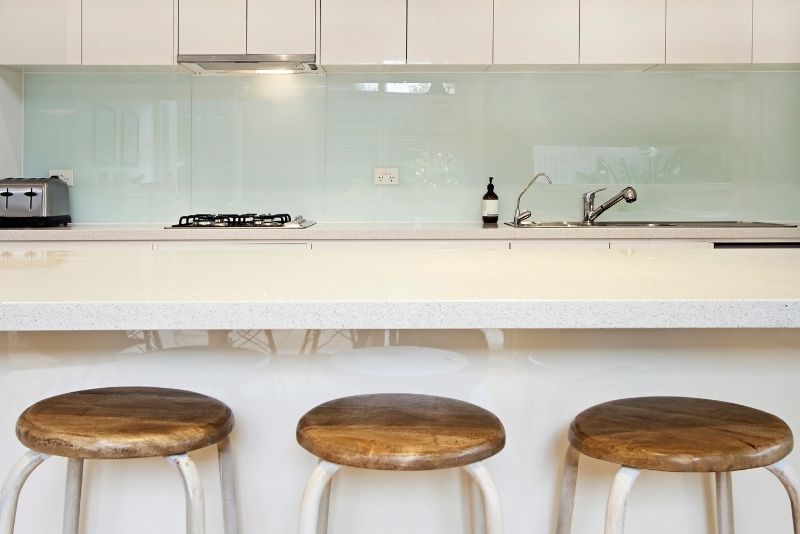
Home Improvement star Debbe Dunning rose to fame in the 90s as Heidi Keppert, Tim Allen’s brash Tool Time cheesecake sidekick. Now, decades after the show ended, Dunning is back in the spotlight with a new starring role as well as a host of other TV projects.
Dunning grew up in Burbank, California. She graduated from John Burroughs High School where she was a cheerleader and homecoming queen. After graduating, she began modeling and was signed by the Judith Fontaine Modeling & Talent Agency. Her All-American good looks landed her print work for Miller Beer, and she soon moved on to TV commercials for Foot Locker and Ford.
In 1986, she entered a Miller Beer bikini contest in Hermosa Beach and won. The $500 prize money went towards her parents’ vacation fund, and this helped her realize that she might be able to make it in the show business. Dunning’s career took off from there, and she starred in a number of television movies, most notably Dangerous Curves.
After a number of guest appearances on the hit sitcom, Home Improvement, Dunning was cast as Heidi Keppert in Season 3. Original Tool Time girl Pamela Anderson left the show to film Baywatch, and producers were looking for a replacement. Dunning’s winning audition was enough to secure her the part as the Taylor family’s newest “Tool Time” assistant.
She would play the role for eight seasons before she left the series to pursue other acting opportunities. Her recurring role on the soap opera Wicked Wicked Games and a role in the movie The Wild Bunch helped her build up her resume. Dunning has also taken on a few hosting gigs as well as a celebrity challenge and American Gladiators champ.
The former teen actress is now an adult and has a son named Spencer. She still enjoys making convention appearances where she will sign merch and meet fans. She has also launched a Caemo page where she can record custom videos for fans for a reasonable fee.
When she’s not traveling to the nearest dude ranch, Dunning likes to spend her time on the golf course or doing charity work. She has even reunited with some of her old Home Improvement co-stars at various golf tournaments. She played alongside Tim Allen, Zachery Ty Bryan and Richard Karn at the George Lopez Foundation Celebrity Golf Classic, and partnered with the cast again in the tv special Tim Allen Presents: A User’s Guide to the Universe.
Dunning is now a regular on RFD-TV’s The Cowboy Channel with her show, Debbe Dunning’s Dude Ranch Roundup. The travel show follows Dunning as she visits a variety of America’s top tourist ranches and gives viewers an insider’s look at the world of dude ranches. The show is currently in its third season, and the 51-year-old says that her years on Home Improvement prepared her for this new adventure. She hopes that viewers will find her show informative and entertaining.
